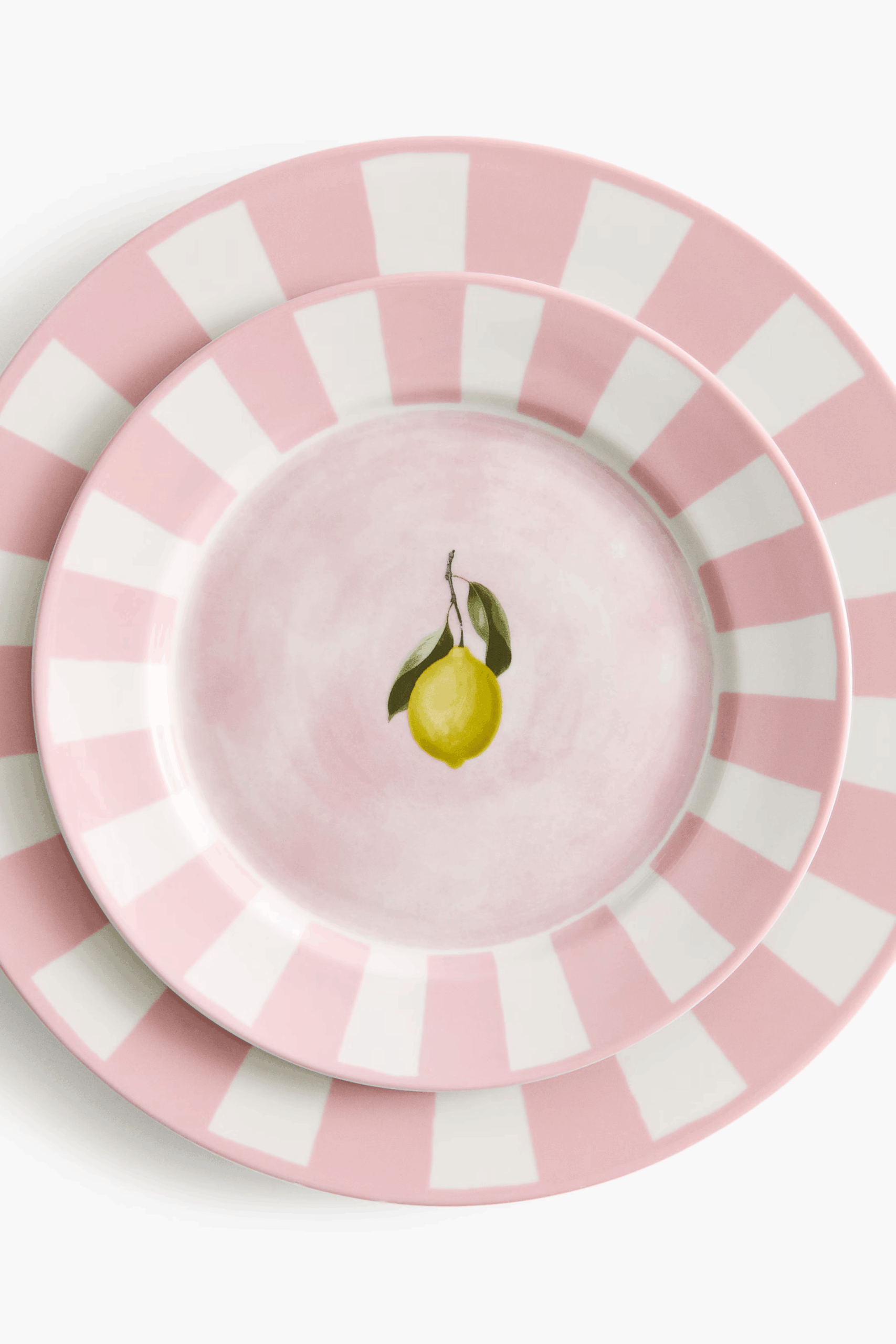From younger generations to historical icons – an introduction to design
Interior design is an art that transforms living spaces into beautiful, functional environments. Over the decades, several designers have shaped the industry with their distinctive aesthetics, innovative approaches, and creative brilliance. From bold modernism to timeless elegance, these interior designers have left an indelible mark on homes, hotels, and public spaces worldwide. In this article, we explore the signature styles of some of the most iconic interior designers, including Kelly Wearstler, Studio McGee, Amber Interiors, Colin King, and more.
The goal of this blogpost is to give a good overview of the designers out there, including newer designers (often also working a lot with social media), as well as historically interesting, older designers. Starting off with one of the younger ones, one of my favorites.
1. Kelly Wearstler – Bold and Eclectic Glamour
Kelly Wearstler is renowned for her fearless approach to design, combining bold color palettes, unexpected textures, and sculptural furniture. Her signature aesthetic fuses vintage and modern elements, creating spaces that exude luxury and personality. Wearstler’s work often features geometric patterns, statement lighting, and a mix of materials like brass, marble, and velvet.

2. Studio McGee – Modern Farmhouse with a Timeless Touch
Studio McGee, founded by Shea and Syd McGee, is known for blending traditional and contemporary styles to create warm, inviting spaces. Their aesthetic features neutral palettes, natural materials, and thoughtful layering of textures. Studio McGee’s designs often emphasize clean lines, cozy textiles, and a balance between functionality and beauty.
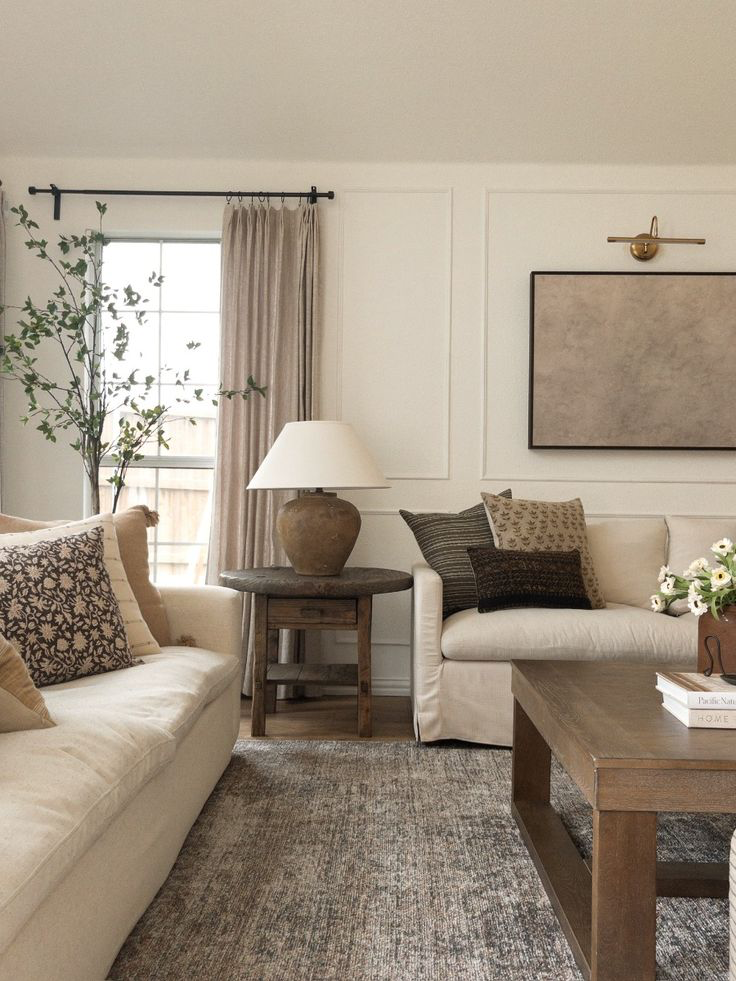
3. Amber Interiors – California Cool Aesthetic
Amber Lewis of Amber Interiors has mastered the effortlessly chic “California Cool” aesthetic. Her designs often feature neutral tones, vintage rugs, organic textures, and a mix of contemporary and antique furnishings. With a focus on livability and comfort, Amber Interiors creates relaxed yet sophisticated spaces that feel both timeless and approachable.
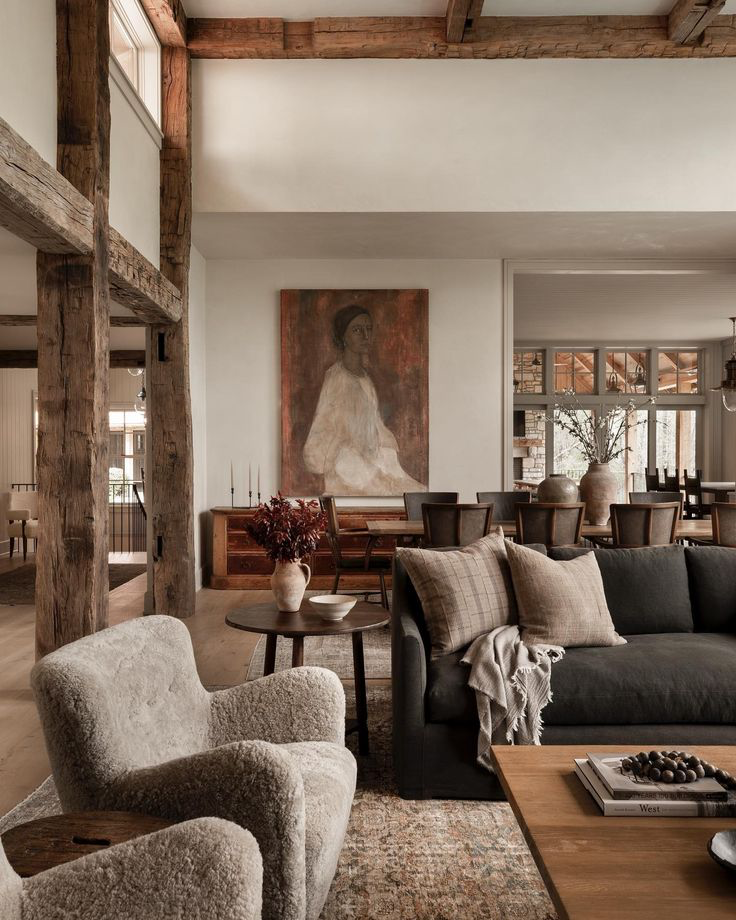
4. Colin King – Minimalist and Artful Styling
Colin King is a celebrated stylist and designer known for his refined, minimalist aesthetic. His approach emphasizes the art of arranging objects with intention, creating visually stunning compositions. King’s work is characterized by sculptural decor, earthy tones, and an appreciation for negative space.

5. Joanna Gaines – Modern Rustic and Farmhouse Chic
Joanna Gaines, the co-founder of Magnolia Home, has become synonymous with modern farmhouse design. Her signature style includes shiplap walls, reclaimed wood, vintage-inspired accents, and a neutral color palette. Gaines’ designs evoke warmth and nostalgia while maintaining a fresh, modern appeal.

6. Nate Berkus – Layered Elegance and Personalization
Nate Berkus is known for creating spaces that tell a personal story. His style blends classic and contemporary elements, emphasizing rich textures, meaningful accessories, and timeless pieces. Berkus often incorporates layered textiles, antique finds, and luxurious finishes to create cozy yet sophisticated interiors.

7. Jean-Louis Deniot – Classical Meets Contemporary
Jean-Louis Deniot is a master of blending classical architecture with contemporary elements. His designs often feature intricate moldings, muted color schemes, and a mix of antique and modern furnishings. Deniot’s aesthetic is both timeless and luxurious, making him a sought-after designer for high-end residences and hotels.

8. Martyn Lawrence Bullard – Hollywood Glamour
Martyn Lawrence Bullard is famous for his opulent and dramatic interiors. His designs embrace rich textures, bold patterns, and luxurious materials like velvet and gold leaf. Bullard’s work often draws inspiration from global influences, incorporating exotic motifs and artisanal craftsmanship.
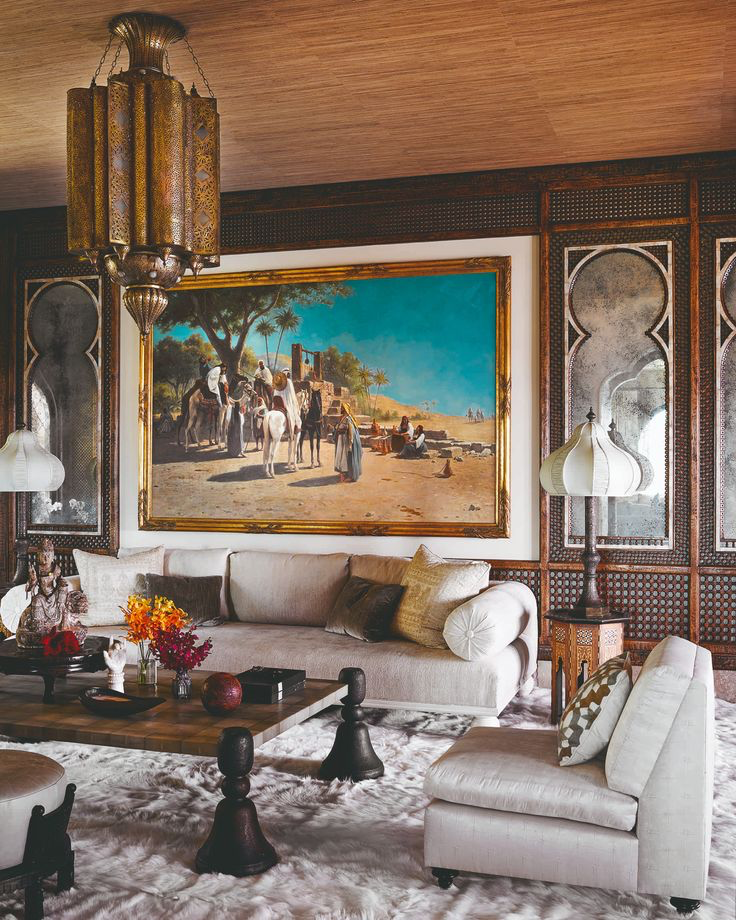
9. Philippe Starck – Modern Innovation and Playfulness
Philippe Starck is known for his futuristic and playful approach to design. His spaces often feature sleek lines, unexpected shapes, and a mix of industrial and organic materials. Starck’s work challenges conventional design norms, creating visually striking and highly functional interiors.

10. Victoria Hagan – Refined Simplicity and Classic Elegance
Victoria Hagan’s style is best described as understated luxury. She combines clean lines with sophisticated materials, favoring neutral color palettes accented with deep blues and metallic finishes. Hagan’s work is known for its balance of comfort, functionality, and refined elegance.
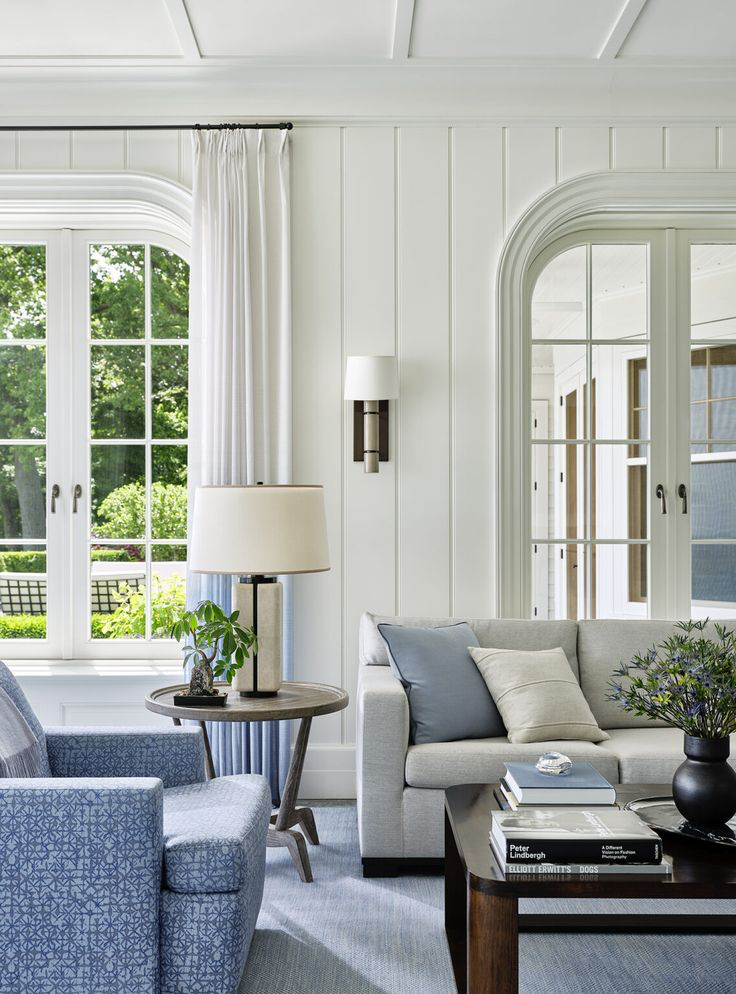
11. India Mahdavi – Whimsical and Colorful Elegance
India Mahdavi is celebrated for her vibrant, joyful interiors. Her designs often feature bold colors, playful shapes, and a mix of textures that create a sense of warmth and whimsy. Mahdavi’s signature use of pastels, lacquered surfaces, and geometric patterns makes her work stand out in the design world.
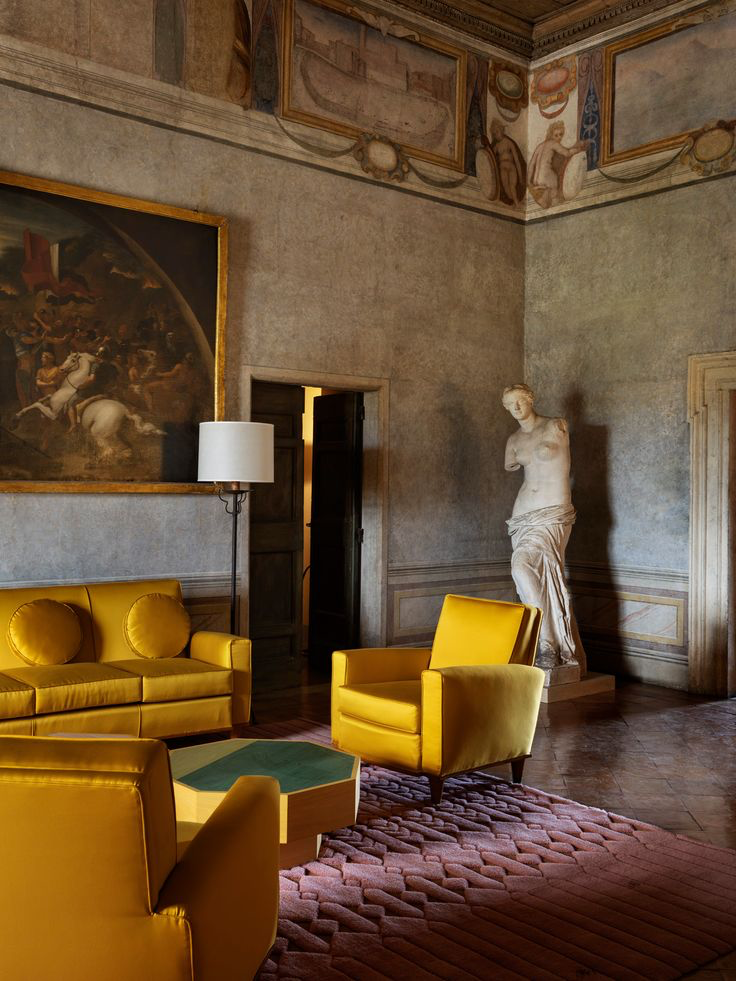
12. Axel Vervoordt – Wabi-Sabi and Timeless Minimalism
Axel Vervoordt is a master of the Wabi-Sabi aesthetic, which embraces imperfection, natural materials, and timeless simplicity. His interiors often feature neutral tones, aged wood, and a focus on organic forms. Vervoordt’s approach creates serene, soulful spaces that celebrate the beauty of impermanence.

13. Athena Calderone – Effortless Elegance and Organic Modernism
Athena Calderone, the creative force behind EyeSwoon, is known for her effortlessly elegant interiors that blend modernism with organic elements. Her design philosophy emphasizes warm, tactile materials, sculptural furniture, and a curated mix of vintage and contemporary pieces. Calderone’s spaces are deeply personal, featuring layers of texture, earthy tones, and artful vignettes that feel both lived-in and luxurious.
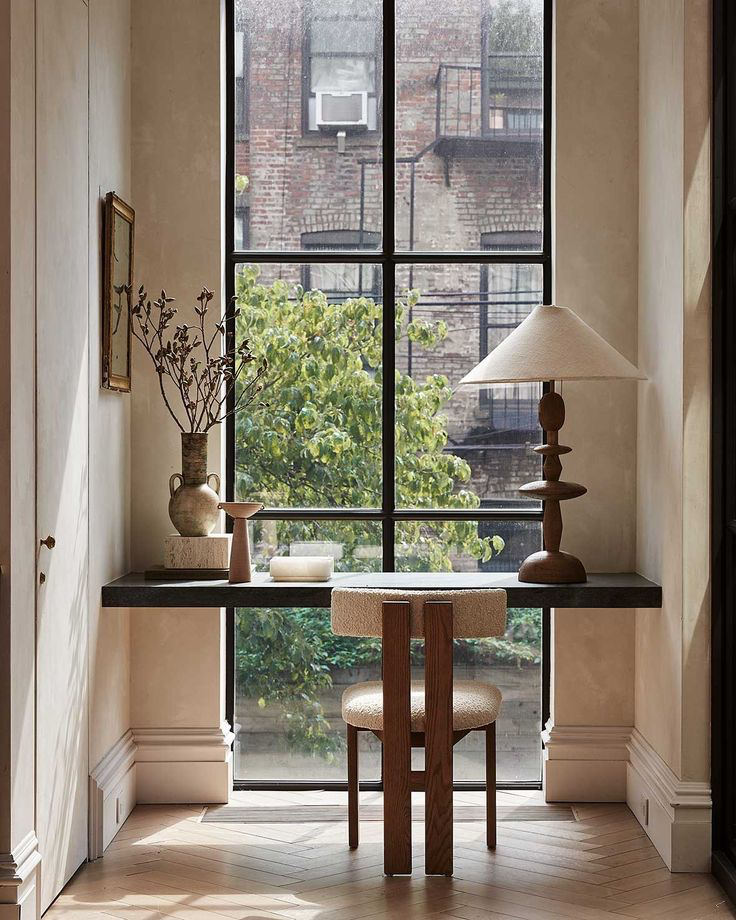
14. Jeremiah Brent – Soft Modernism and Thoughtful Design
Jeremiah Brent is known for his signature “soft modernism,” a style that blends contemporary design with warmth and soulfulness. His interiors emphasize thoughtful layering, soft neutral palettes, and a strong connection to nature. Brent’s approach often includes sentimental elements, vintage finds, and a mix of textures that create an inviting and harmonious atmosphere.
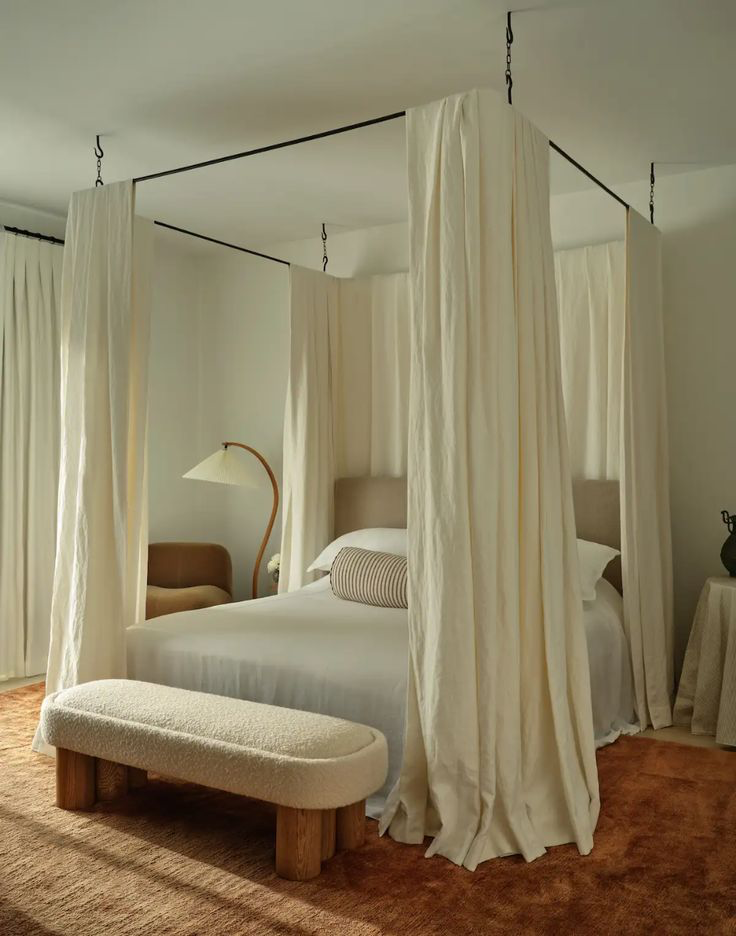
Final Thoughts
Each of these designers has a distinct approach to interior design, yet they all share a commitment to creativity, functionality, and beauty. Whether you gravitate toward Kelly Wearstler’s bold glamour, Studio McGee’s timeless charm, or Axel Vervoordt’s serene minimalism, these iconic designers offer endless inspiration for transforming your space.
No matter your personal style, studying the work of these influential designers can help refine your aesthetic and bring your interior design vision to life. Which designer resonates with you the most? Let us know in the comments!
Wanna read more?
read: Different Flower Types and How to Use Them in Interior Design



